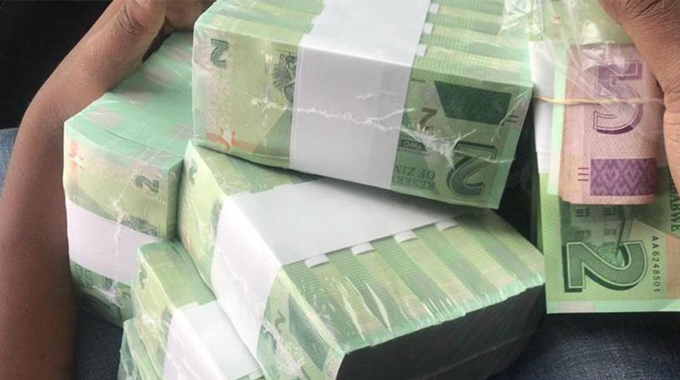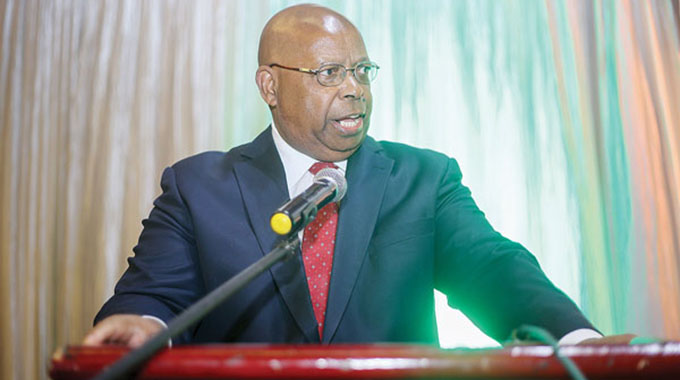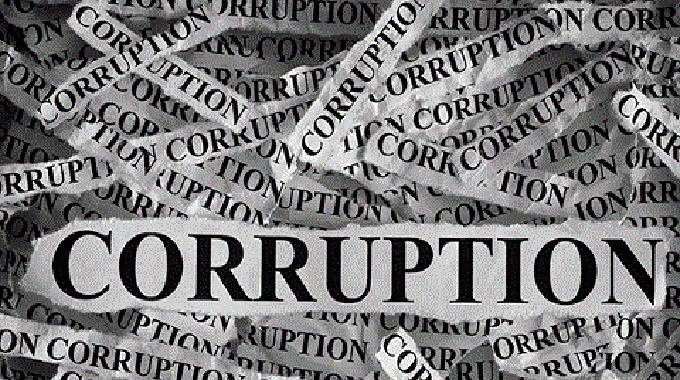EDITORIAL COMMENT : Firming of Zimdollar points to stability

The firming of the Zimbabwe dollar at the auction system this week was hardly a major event in monetary terms, since an appreciation of 0.096 percent is minuscule.
However, looked differently, it was an important signal that an exceptionally high level of stability has now been achieved in exchange rates, and an even more important psychological point, in showing that a market-driven exchange rate was not doomed to eternal erosion of value.
The most important point we have now reached is that for normal commercial transactions, the exchange rate is stable.
Since the Heroes and Defence Forces holidays, the Zimdollar has declined cumulatively less than one percent, to be precise 0,92 percent.
Over those three weeks, there was a tiny drop of just under half a percent in the first week, another tiny drop of just over half a percent last week, and then this week’s rise of just under a tenth of one percent.
In actual cash terms, the US dollar moved a whole 76c from $82.56 in mid-August to $83.32 in the first week of September, having moved by ever decreasing steps since the auctions started towards the end of June.
Because the exchange rate is market-driven, we can expect small weekly movements, some up and some down, but the trends are no longer going to be instantly obvious.
It will take a block of several weeks of auction statistics to see if there are even short term trends.
Economic fundamentals suggested from the very beginning of the auction system were that a point of stability would be reached.
The first fundamental is that the Government has been balancing its books since the start of the Second Republic two years ago.
Switching off the physical and electronic printing presses is the sort of thing that is considered normal in most countries, but had not been done in the First Republic.
Fiscal discipline is the new normal.
The second fundamental reform was monetary, bringing back the Zimdollar and allowing a managed float at the beginning as the Reserve Bank of Zimbabwe moved out of its quasi-fiscal role, in stages as the Finance Ministry moved subsidies into the national Budget, where everyone could see them, and then made sure they were covered by taxes.
At the same time, these preliminary steps towards a market-driven exchange rate saw the RBZ step back, again in stages, from the role it had assumed as long ago as Unilateral Declaration of Independence (UDI) in 1965, of being the allotting authority for foreign currency, deciding who got and who did not.
With the start of the auctions, allotments are now decided by the market, not by faceless and nameless bureaucrats in RBZ tower.
Those bureaucrats are not redundant, but are now doing their proper role, of being policemen to make sure traffic flows and that no one cheats, shoots the red lights and generally causes mayhem.
But even the early steps of monetary reform produced the critical point, at the start of the third quarter of last year, where Zimbabwe started exporting more than it imported.
That was a vital turning point, as important as the long run of monthly budget surpluses, and again something that the First Republic had singularly failed to tackle.
These two reforms, fiscal and monetary, were needed before we could advance to the market system.
We had to dry up the creation of new local currency, or for that matter the fake US dollars we were creating for a decade.
And we had to ensure that our imports could be covered by what our exporters sold, with a bit left over to pay our national foreign bills.
A single big-bang reform two years ago might have some academic attractions, but in practical terms the economic dislocation would have been so tumultuous that we might have totalled the entire economy.
The third step towards a full market system was psychological, and solved by what can be seen as a mistake, when the authorities froze the exchange rate at the start of the Covid-19 pandemic.
That produced the result that importers had to move to the black market, and that in turn brought the whole mess of the hyperinflation we had been creating with our electronic presses, and partially hiding for a decade, to the surface.
Moving to a proper market would be a move to stabilise prices, and even see them start falling, rather than trigger another burst of inflation that would lose the required public support and confidence.
With all the reforms in place, a market system must produce a point of stability.
Importers do not have unlimited funds to buy foreign currency. Since the start of the auctions something in the order of $15 billion has been moved out of importers’ bank accounts, which means the swimming pool of liquid cash available to pay foreign bills is a lot shallower.
That money has not vanished; the RBZ does have to pay exporters the average of 30 percent they are required to surrender and these days the RBZ is not allowed to print to find that cash. But what is received from importers one day can be paid to exporters the next day.
The exporters spend that money, on wages, rates and utilities, on local supplies, so it circulates and eventually ends up in the accounts of the importers again, with importers hoping that it arrives in time to bid at the next auction for a resupply.
But with the presses silent it is normal circulation that drives the system, so the limits on what can be bought remain.
The slight firming of the local currency this week is unlikely to cause massive sell-offs of foreign currency from exporter nostro accounts, nor dig out the large sums hidden as US banknotes in safes or the back pockets of the overalls worn by robbers.
But it does mark the point where we now have a stable exchange rate system. With the correct fundamentals in place, this will reduce the fanaticism that drove so many to cheat and manoeuvre to keep their money in US dollars.
Even the over-prudent, who might feel it is safer to do so “just in case”, are already recognising in their pricing policies, an exceptionally practical test, that it does not really matter what currency they use.
The results in practical terms are roughly the same.
So the expectations that pricing policies will revert to actual costs are justified, although there will probably remain a small and ever declining premium as a provision against exchange rate volatility for a short while.
The authorities are determined this time, regardless of sanctions, cyclones and pandemics, to maintain the incredibly hard-fought reforms, so Zimbabweans get richer by producing, not by giant Ponzi schemes and make-believe.
President Mnangagwa carefully chose a high level team of technocrats to fix the economic fundamentals.
He has backed them solidly while they got on with that, and has thrown his political weight and efforts into getting production, in farming, mining and industry, raised as fast as possible for medium-term and long-term real gains rather than even thinking about a short-term respite that will simply trickle away in months leaving more wreckage.










Comments